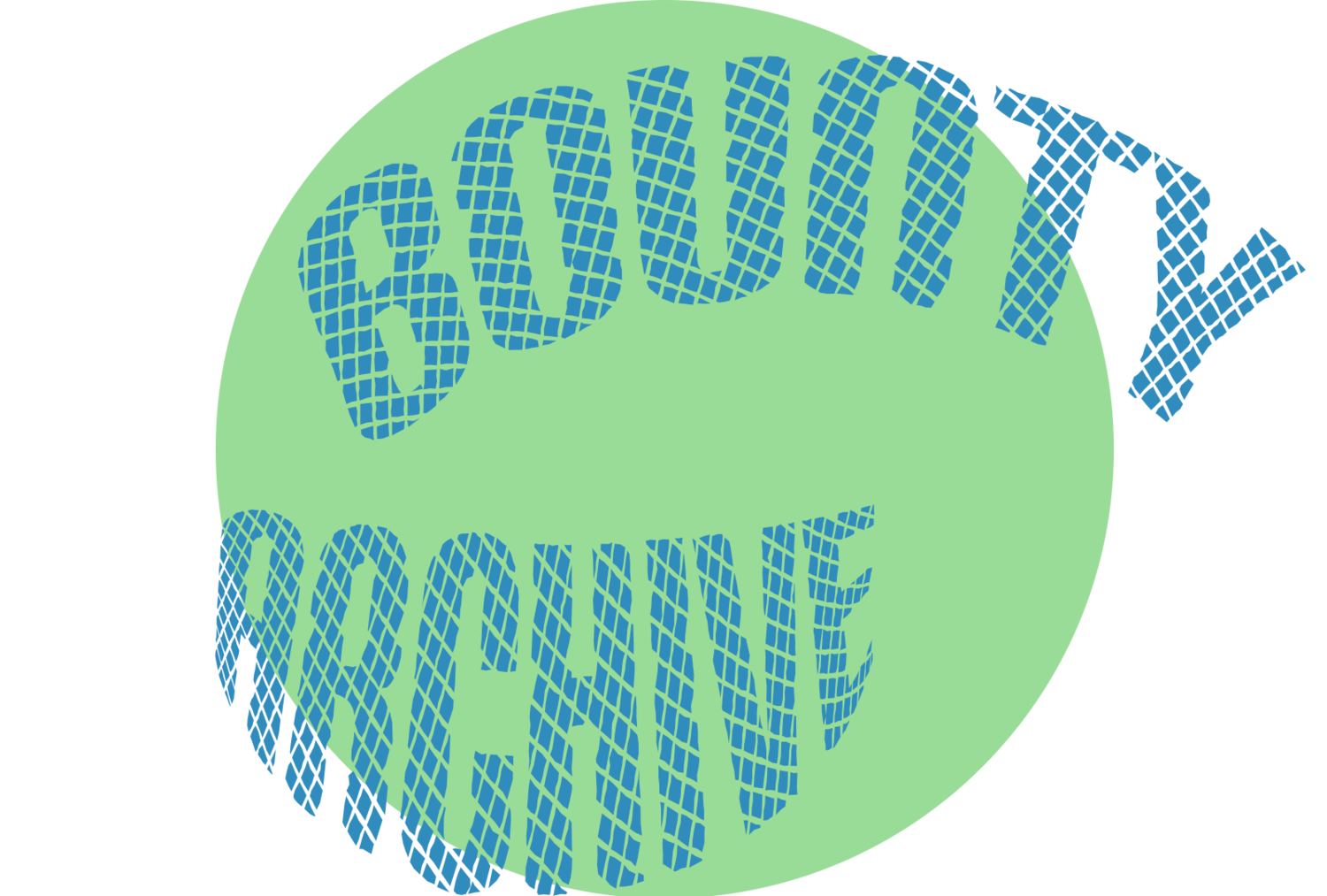Ozu Washi Lamp
Paper is to books as bricks are to a building, or as cheese is to a grilled-cheese sandwich (depending on how hungry you are).
Perhaps paper is more like cheese however, considering its countless colors and forms, each inspiring a different use.
The Ozu Washi Factory in Tokyo (paper-makers of more than 350 years) preaches that washi is distinguished for its qualities of “strength”, “tenderness” and “warmth”.
Desirable attributes of a light source as well, I thought.
Whilst handling expertly-crafted washi paper, one can’t help but admire how light diffuses though random pockets in its millions of layered fibers.
About The Project:
I dismantled an old lampshade, which was more or less my desired size for this project. Carefully, I stripped the plastic-backed linen fabric from the top and bottom rings of the lampshade.
Once separated, I laid the flattened conical shape on top of my washi paper and loosely cut out the same shape, leaving about 2mm of extra material on all sides. This particular type of washi is called rakusui. During the production process, water is dropped on the drying paper in a grid, creating a pattern of lighter square cells.
Using small clips and sewing pins I loosely fixed the washi paper around the skeleton of the former shade. I applied PVA glue to the 2mm overhang on the washi paper one section at a time, wrapping the glued paper over the metal ring. Once fixed, I repeated the same for the bottom ring. I did my best to keep the top and bottom rings parallel but, oh well!
To hang the lamp, I ordered a custom 15ft power cord from The Color Cord Company and wired it to a standard socket cover. You’d think I was gardening the way I planted a bulb in there.
I popped two swaggy hooks in the rented ceiling above my sink, and fixed the extra cord to the wall around the switch before calling it a day.
About Ozu Washi:
Founded in 1653 (Edo period), Ozu is one of the longest-running washi paper factories in Japan. I had the chance to visit the factory during the summertime as part of a Bounty Archive Field Mission to gather exotic bookmaking materials.
If you have any questions about this project, materials, or otherwise, contact Bounty Archive Management, or leave a comment.










